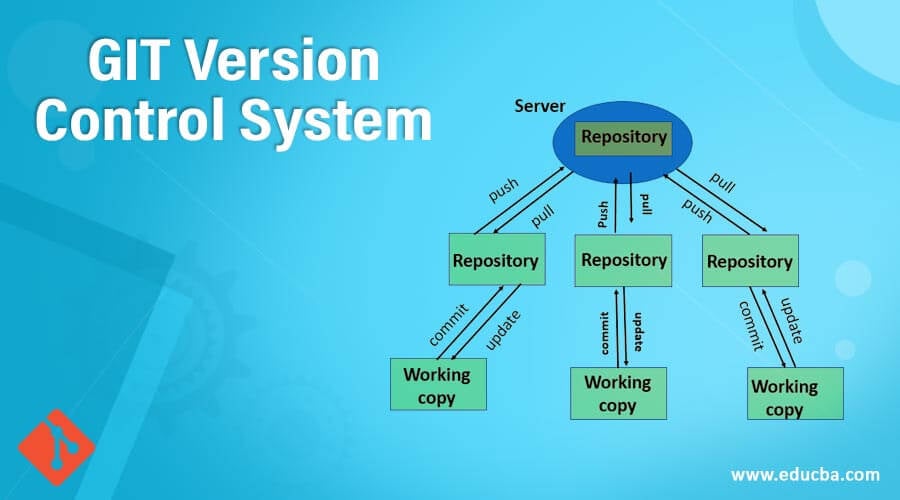Git & GitHub Quickstart
Idea of github

Setup
- Install Git and create a GitHub account.
- Configure identity:
git config --global user.name "Your Name"git config --global user.email "you@institution.edu"
- SSH (recommended):
ssh-keygen -t ed25519 -C "you@institution.edu"- Add the public key to GitHub → Settings → SSH and GPG keys.
Everyday loop (CLI)
git status
git pull # update main
git checkout -b feature/task # new branch
# edit files
git add file1.py inputs/*.in
git commit -m "Message in imperative mood"
git push -u origin feature/task
# open PR on GitHub
GitHub Desktop loop
- Clone → New Branch → Edit.
- Stage changes visually → Commit with a clear summary.
- Push → Create Pull Request → Request review → Merge.
.gitignore
- Ignore obvious scratch and huge transient files:
scratch/,tmp/,*.log(if massive), etc. - Python:
__pycache__/,*.pyc,.ipynb_checkpoints/ - OS/Editor cruft:
.DS_Store,Thumbs.db
If a large file is important to keep, track it with Git LFS rather than ignoring it.
Large files (Git LFS)
git lfs install
git lfs track "*.gbw"
git lfs track "WAVECAR"
git add .gitattributes
git add <large files>
git commit -m "Track large files via Git LFS"
git push
Notebooks & Reproducibility
- Keep outputs light; consider
nbstripout- read about nbstripout here - Use
nbdimefor readable diffs - watch about nbdime here - Capture environments in
environment.ymlorrequirements.txt.
HPC Tips
- Use SSH on clusters; configure
git config --globalon each machine. - No GitHub Desktop on HPC—use CLI.
- Don’t commit secrets; keep tokens out of repos.
Troubleshooting
- Public key errors → re-add SSH key to GitHub; test:
ssh -T git@github.com. - Merge conflicts → edit the marked sections, then
git addandgit commit. - Large file rejections → use LFS or remove from history.